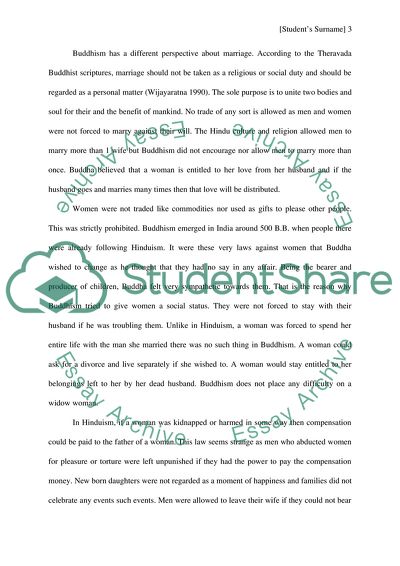Cite this document
(Differences between Hinduism and Buddhism Essay Example | Topics and Well Written Essays - 1500 words, n.d.)
Differences between Hinduism and Buddhism Essay Example | Topics and Well Written Essays - 1500 words. https://studentshare.org/history/1803068-world-history-midterm-paper
Differences between Hinduism and Buddhism Essay Example | Topics and Well Written Essays - 1500 words. https://studentshare.org/history/1803068-world-history-midterm-paper
(Differences Between Hinduism and Buddhism Essay Example | Topics and Well Written Essays - 1500 Words)
Differences Between Hinduism and Buddhism Essay Example | Topics and Well Written Essays - 1500 Words. https://studentshare.org/history/1803068-world-history-midterm-paper.
Differences Between Hinduism and Buddhism Essay Example | Topics and Well Written Essays - 1500 Words. https://studentshare.org/history/1803068-world-history-midterm-paper.
“Differences Between Hinduism and Buddhism Essay Example | Topics and Well Written Essays - 1500 Words”. https://studentshare.org/history/1803068-world-history-midterm-paper.


